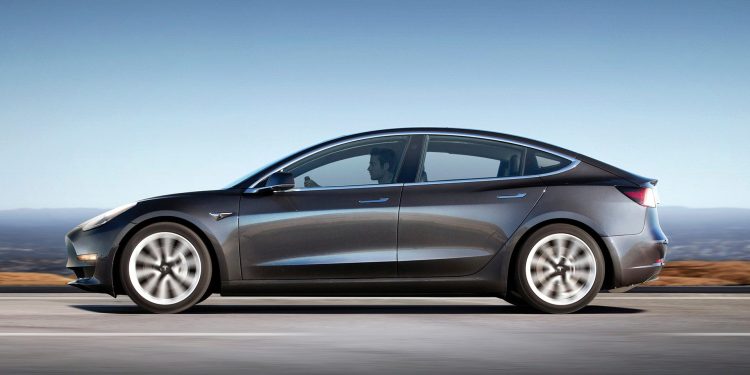EV Torque – Coming ready or not!
Words: Mark Gilbert
With the challenge of another lockdown, it was a genuine surprise to read that over 2200 new HEVs, BEVs and PHEVs were registered in September.
That’s the electric sector’s largest month so far, achieving about 12.5 per cent of total new car sales. Tesla led the way, putting over 1000 new Model 3s on New Zealand’s roads. Not many premium car companies, if any, have ever recorded this sales level in a month so this is a spectacular achievement and points the way to more market acceptance of EVs by New Zealand’s new car buyers. The electric market seems to have made its way through the early adopters and now it’s into those who are motivated by an attractive incentive.
Hot on the heels of this result, the Ministry of Transport’s Land Transport Amendment Bill, which outlines the Ministry’s approach to reducing emissions and incentivising cleaner cars and firming up on the penalties for higher emitters, was sent to the Select Committee stage. New Zealand is one of two OECD countries without such standards; the other is Russia.
Industry players have made it clear they are supportive of the legislation’s intent, even if there are some concerns about the steep emissions reductions required in 2026 and 2027. For some brands, part of the answer might be breaking ties with Australia. Some importers source models via Australia, which has its own design rules and standards. But as the country no longer manufactures vehicles, it’s not clear why there’s a need for such standards. In 2017, the average combined CO2 emissions for a new light vehicle sold in Australia was 182 grams per kilometre. This is not dissimilar to our own high emitting fleet. In 2020, the Australian car industry signed up to a new voluntary agreement to reduce vehicle CO2 emissions between 2021 and 2030. These targets are not aligned to more stringent European standards, and split light cars from heavier vehicles like utes and 4x4s, instead of an entire fleet average. Australia, therefore, is likely to hold us back.
Based on results of a recent analysis, it would seem prudent for New Zealand to turn its attention to sourcing new vehicles from a larger RHD market, like the United Kingdom. The UK is linked to the EU emissions profile, so is well on the way to understanding what reductions are required, and by when. This will intensify assuming Boris stays with his ban on fossil fuel vehicles from 2030.
In 2017, the most efficient vehicle models on our market had, on average, 21 per cent higher emissions than their counterpart models in the United Kingdom. The first emissions target of 105g we are setting for 2025 was already achieved by Europe in 2020. Sourcing from a market that has already met these standards should help us achieve them here.
The UK has almost twice as many EVs on offer (49 vs 28 here) and many more PHEV options too (74 vs 28 here). We are a smaller market, so New Zealand wouldn’t require as many model variants and, being a technology taker, there are more choices available if we look for them in the right places.
UK volumes have been on the increase year on year, and plug-in sales in September accounted for 21.7 per cent of the overall market. With incentives in place and standards on the way, I’m confident we can manage such volumes too.





